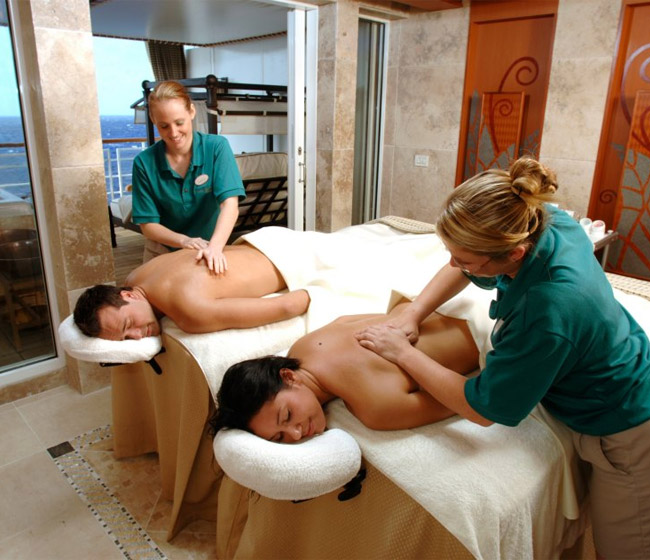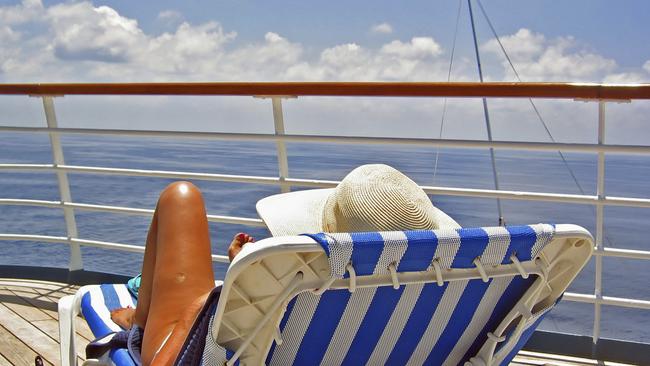
The Moselle river rises high in the Vosges mountains, north-eastern France. It then flows through Luxembourg and joins the Rhine at Koblenz, western Germany. The Moselle basin is home to a small portion of Belgium. Its other tributaries are the Our and Sauer rivers. It is central Europe's most beautiful river. It is known for its breathtaking scenery and abundant wildlife.
Geology
The Geology of the Moselle river basin shows that smectites, micas and illites are present in the catchment. They also have quartz and phyllosilicates. The sediments can show XRD patterns for these minerals. The coarse sediments contain FTIR spectra.
The Moselle area's geology dates back to the Devonian Period. This is the Paleozoic Era prior to the fourth major extinction. The sea floor was covered in deposits that accumulated in thick layers. The formation of two supercontinents, Gondwana/Euramerica, followed this. Later, the sea floor became slate after it was metamorphosed.
Histories
The Moselle river rises up in the Vosges mountain ranges and flows northwards through Luxembourg and north–eastern France until it joins the Rhine at Koblenz. The river has a varied geography, consisting of vineyard terraces and mountain ranges. It is a tributary on the Rhine's left bank.

The Moselle connects the Rhine, Saone, and Meuse rivers. It has many canals that run to the North Sea and Mediterranean. In 1921, the river was navigable by 300-ton barges. It was not accessible below Thionville. France and Germany built in 1964 the Moselle Canal to allow larger barges travel along it.
Wineries
Germany's Moselle is a major region for winemaking. Red varieties of wine have been planted there since the mid-19th centuries. In the years after 1871, German wine merchants and producers moved to the region to meet the growing demand for German wine. They settled in Moulins, Vaux and Ars-sur-Moselle. In 1910, the Champagne industry sought access to the German market, and the Moselle region was established as an AOC Champagne.
Moselle river wineries provide a unique opportunity to experience the region’s famous wines. The winemakers will be warm and welcoming, and they are eager to share their passion with you. Perhaps you will be invited to take a tour of the vineyards and visit a winery.
River cruises
Boat cruises along the Moselle river offer beautiful views of Cochem town and its surrounding vineyards. During the main season, boat cruises depart every day of the week. During the off-season, fewer cruises take place. You have a choice of many options, but most Moselle river cruises last one to three hours. During the main season, longer cruises depart once or twice a week, while shorter cruises can depart several times a day.
Excursions on the Moselle river will take you past charming wineries, medieval castles, picturesque towns, and more. The river is narrower and has steeper slopes, making sightseeing along the way a memorable experience. The Rhine is often the most visited cruise destination in Germany. But many people believe that the Moselle offers more beauty.

Best time to visit
The Moselle Valley's temperatures are pleasant during the summer months of July, August and September. September is a wonderful time to cruise down the Moselle River. The leaves have changed color and the air is fresh. It is usually less crowded in September than summer, which can see temperatures exceeding 100 degrees Fahrenheit. Mosel Valley celebrates their harvests in autumn. Visitors can enjoy live music and fireworks as well wine tastings.
The Moselle can be found in a valley located between the mountains Hunsruck/Eifel. It enjoys a warm climate. Stable sunny periods are common in spring and autumn. However, the region can still be subject to heavy rains. Nevertheless, spring and autumn offer a special charm to visitors.
FAQ
Where do cruises get started?
Most cruise vacations start in Miami, Florida. It has both international ports and airports, so cruises leave from Miami. These two locations allow passengers to explore the rest of South America and Europe.
Where should I go on my cruise?
You should think about where you would like to go if you're interested in visiting other ports of call. You can also use this information to help narrow down your search. If history is your passion, then you might be interested in a cruise which visits places like Alaska, Bermuda, Canada and England. You may be more interested in water sports and beaches, so you might consider a trip that includes destinations such Jamaica, Aruba. Bahamas, Costa Rica. Panama. Hawaii.
Why is cruise vacation so popular?
People who don't want long flights or delays but still want to enjoy a memorable vacation have found that cruises are increasingly popular. A cruise provides a tranquil environment for passengers to enjoy themselves, without worrying about their schedules or other details of everyday life.
Cruise ships also make it easy for travelers to visit different destinations on land and at sea. Travelers have ample time to visit all of the attractions and sights available in each destination.
What kind of cabin should I get?
When deciding on a cabin, think about what size room you want. Do you like sharing a bathroom or would you prefer to have your own? Or would you prefer to use your own bathroom? Are you sensitive to noise? You will spend the majority of your time in your dining area, or relaxing in your private stateroom. Consider whether you would prefer an interior or balcony view. Balconies are a bit more spacious, but can sometimes be loud. Interior views are generally quieter that balconies.
What is the cost of a cruise vacation?
A cruise vacation costs $1,000 per person plus taxes and fees. The average price for a family of four is $4,200. This includes all meals, drinks, entertainment, activities, excursions, port charges, gratuities, and shipboard amenities.
Statistics
- The line estimates savings of 50% when you purchase this bundle. (travel.usnews.com)
- You'll need to budget around $80 per person per day for this option – and an additional 18% gratuity. (travel.usnews.com)
- In addition, 10 to 15 percent gratuity is typically added to bar bills — for alcohol and soft drinks — and gratuities are applied to spa treatments. (cruiseline.com)
- For an example of savings, Royal Caribbean offers up to a 40% discount with a dining package. (travel.usnews.com)
External Links
How To
How to stay safe while on a cruise ship
Before embarking on your cruise ship journey, there are many important things you should know. You must understand how to behave when onboard so you don't get into trouble. These safety tips will ensure that you have a safe trip.
-
Always be aware of what is happening around you. People are more likely to be together when they're eating on a cruise ship than anywhere else. It is easy to lose sight of your task when you are surrounded by people who want food and chat. This should not distract from what you are supposed do. You should tell someone to stop doing something that is dangerous like smoking or drinking alcohol.
-
Always keep your room key close to you when you board the ship, and hand over your room key to the person checking you in. You'll be easily found if something happens. Keep your passport with you.
-
Keep valuables out-of-reach Many cabins have drawers underneath the bed. That's a great place to store valuables such as passports, credit cards, and money. Keep your valuables out of sight. You should keep your bags hidden away from others.
-
Keep hydrated. Although cruise ships offer plenty of water, it can be difficult to remember to drink enough. Take advantage of the free bottled water available throughout the ship. Keep yourself hydrated. Dehydration can make you tired and cranky, which can lead to fights or other accidents.
-
Pay attention to the announcements. Announcements can also be seen on television screens and in public addresses systems. They include safety procedures as well emergency exits and even weather reports. These announcements are important. They might save your life!
-
Do not leave your cabin without first locking the door. Never leave your cabin unlocked, no matter how friendly a crew member seems. Thieves can often get in through unlocked doors. Ask a crew member first if you need to use the bathroom.
-
Do not go overboard by yourself. It can take some time for the ship's crew and you to be rescued from the water. Sharks and other marine creatures might be attracted to you while you wait. Waiting until help arrives is the best option.
-
Do not smoke in an elevator. These elevators are pressurized and smoke can build up quickly. Get out as soon as you feel dizzy. Although the air outside may be fresh, that doesn't mean your breathing is safe.
-
Know how to evacuate. Each year, thousands of people die after being trapped in elevators. In an emergency, you should follow the instructions displayed on the screen.
-
Be familiar with the fire drill. Fire drills are held regularly, often once per day. Everyone on deck needs to evacuate during a drill. Follow the crew members' instructions. Once the drill is over, you can go back to the cabin and lock the doors.
-
Ask questions before you accept food and drinks. Food poisoning is a common problem among cruisers. Many people don't realize that certain foods aren't safe to eat while onboard a ship. Raw oysters, for example, are not allowed on most cruise ships. If you're unsure whether or not the food you've been offered is safe, politely refuse and look for another meal instead.
-
Use the pool with caution Many passengers have accidentally fallen into the pool. It is possible to slip and fall into the pool without being noticed. It is also possible to slip on the ground. Wearing proper footwear is a must and paying attention to the surroundings are important.